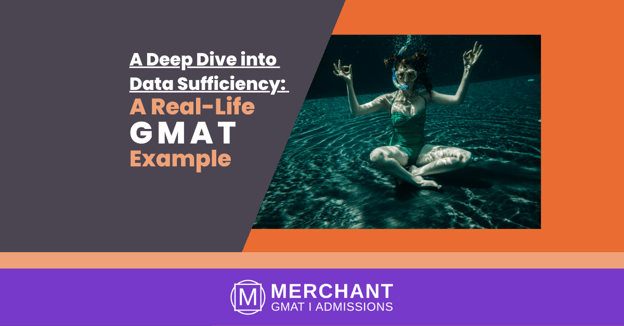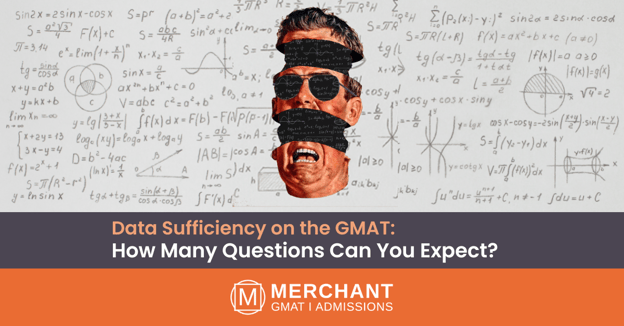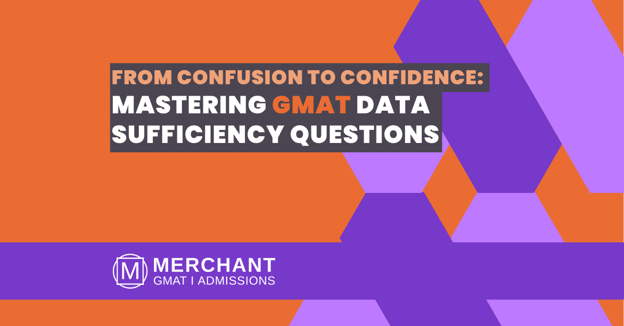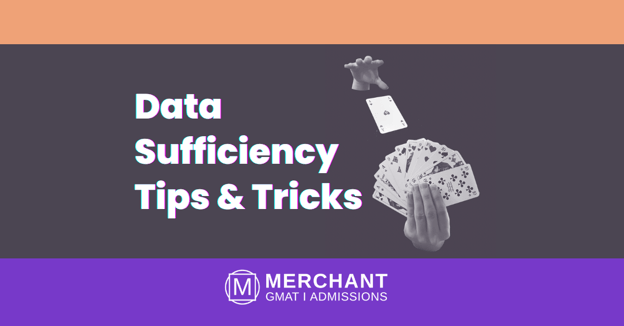How to Solve a GMAT Reading Comprehension Problem Like a Pro
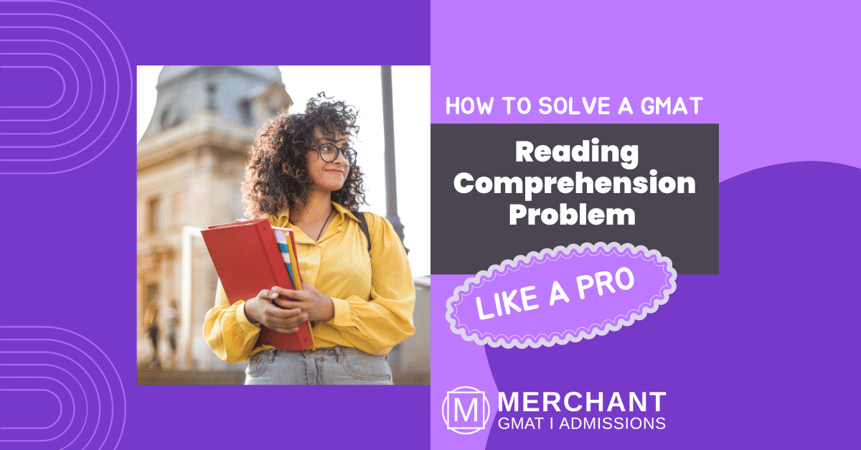
Are you looking to prepare for the GMAT exam? Have you heard horror stories about the dreaded Reading Comprehension (RC) section and not sure if you can conquer it? Don't worry – by following some simple strategies, you will be able to tackle the RC portion of this notorious test like an ace. With solid preparation and practice, any future MBA student can learn how to read passages accurately and quickly interpret them in order to reach the right conclusion. Read below to learn how to solve a real-life RC problem with detailed step-by-step explanation.
Sample GMAT Reading Comprehension Passage
Passage (extract):
In recent years, there has been a growing interest in renewable energy sources, particularly wind power. Wind power has the potential to provide a substantial percentage of the world's energy needs while reducing greenhouse gas emissions. Despite the benefits of wind power, however, there are also significant challenges associated with its use.
Questions:
- What is the primary advantage of wind power, according to the passage?
A) Wind power is a cheap source of energy.
B) Wind power has the potential to reduce greenhouse gas emissions.
C) Wind power has the potential to provide all the world's energy needs.
D) Wind power is the most promising source of renewable energy.
- What is the main idea of the passage?
A) Wind power is an effective way to reduce greenhouse gas emissions.
B) Renewable energy sources are essential to reducing greenhouse gas emissions.
C) Wind power has the potential to provide a substantial percentage of the world's energy needs.
D) There are significant challenges associated with the use of wind power.
Step-By-Step Resolution
Question 1
The first step you need to take is to identify the type of question. Question 1 is a ‘detail question’. The keywords here are “according to the passage”, which invite you to look at specific information in the text.
The next step with ‘detail questions' is to locate the section in the passage where you think your answer is and identify that possible answer before reading the answer choices. In this case, our key section is: Wind power has the potential to provide a substantial percentage of the world's energy needs while reducing greenhouse gas emissions. We can consider the word ‘advantage’ in the question as a synonym to the word ‘potential’ in the text.
Once you have anticipated the possible answer, you start reading the answer choices and eliminating the options that won’t possibly answer the question. There is a set of criteria you can follow to do away with certain choices. For example, you can be certain to eliminate:
- Information that is not in the passage
- Information that is not located in the section you identified as the section including the answer to that question
- Information that states the opposite to what the passage discusses
- Answer choices including extreme words such as ‘no’, ‘never’, ‘always’, ‘only’, etc.
- Information that is not directly related to the author’s argument, especially when you are left with two choices.
We can certainly eliminate answer choices A and D because they contain information that is not explicitly stated in the passage. We can also eliminate option C because it includes an extreme word - ‘all’ - which changes the meaning of what the text discusses.
Consequently, the correct answer is B. The focus of the statement about the potential of wind power is that this energy can reduce greenhouse gas emissions.
Question 2
As we did with question 1, the first thing we do is identify the question type. This is a ‘main idea’ question. With this type of question, we are invited, not to look at specific information in the passage, but to consider the overall point of the text. What is the general focus the passage makes with respect to wind power?
Next, we try to answer the question without reading the answer choices. It’s very important to take notes when you first read the passage, so that you don’t have to read it again to answer these general questions. Equally important is to remember to read for structure and not for content. In this respect, the word ‘however’ is key because we have learned (especially in CR) that after such a word as ‘however’, comes the author’s stance or position. That is the author’s main statement in the passage.
The following step is to start eliminating answer choices following the criteria discussed above. In this question, even though A, B, and C have information discussed in the passage, they are not about what the author is stating as his/her main point. The author’s argument, explicitly stated after the word ‘however’, is that there are important challenges associated with wind power. Thus, the correct answer is D.
To arrive at the correct answers for these questions, it's important to carefully and systematically follow the steps discussed in this blog post: First, identify the question type and consider the specific strategies you need to implement according to what the question is asking you to do. Second, anticipate the possible answer before reading the choices (remember to identify the structure words that help you see how ideas are logically organized in the text and to take down notes of what you consider key information). Third, start eliminating choices following the set of criteria we just discussed.
In conclusion, GMAT RC problems can be daunting, but with the right strategy and practice it can feel like a walk in the park. We’ve provided detailed steps above on how to tackle such questions systematically which you can use as guidelines for your future GMAT attempts. However, mastering this particular section requires targeted GMAT training and expert guidance that facilitates greater confidence while solving even the toughest questions. It’s important to understand the nuances of RC, so take advantage of Merchant GMAT's resources today to build a robust arsenal of practice materials. Don’t just apply, stand out with the help of our expert team. Make sure to continue honing your skills so that you have an excellent score for your target program when it's time to submit your application!


